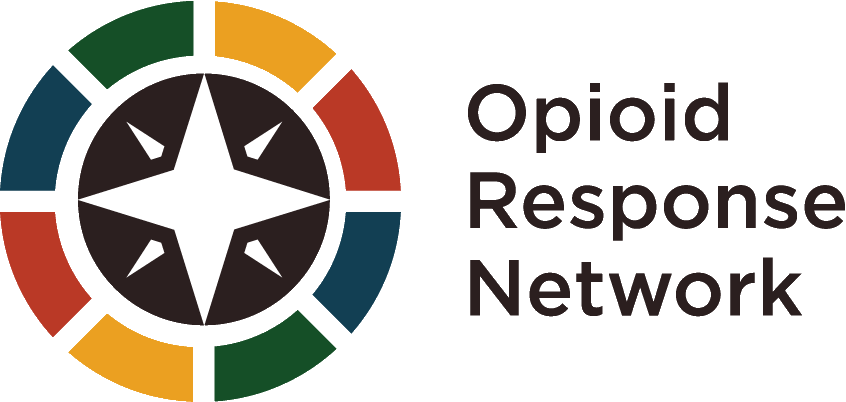As cocaine- and methamphetamine- involved death rates increase, especially in lieu of the pandemic, recent studies have revealed a spike in overdoses among military veterans. Death rates among this demographic, due to stimulant use, have tripped in the last six years. The article, by FilterMag, confronts the statistics behind the study, published in the journal, Addiction. The article particularly emphasizes the need for harm reduction strategies geared towards the individual risk factors of different populations.
To read FilterMag‘s article click here.




